as the Kybalion was printed by the Yogi Publication Society
figured we'd look into yoga ...... :
let us have a look at the word Itself YOGA through the Chaldean / Pythagorian numerology Lens
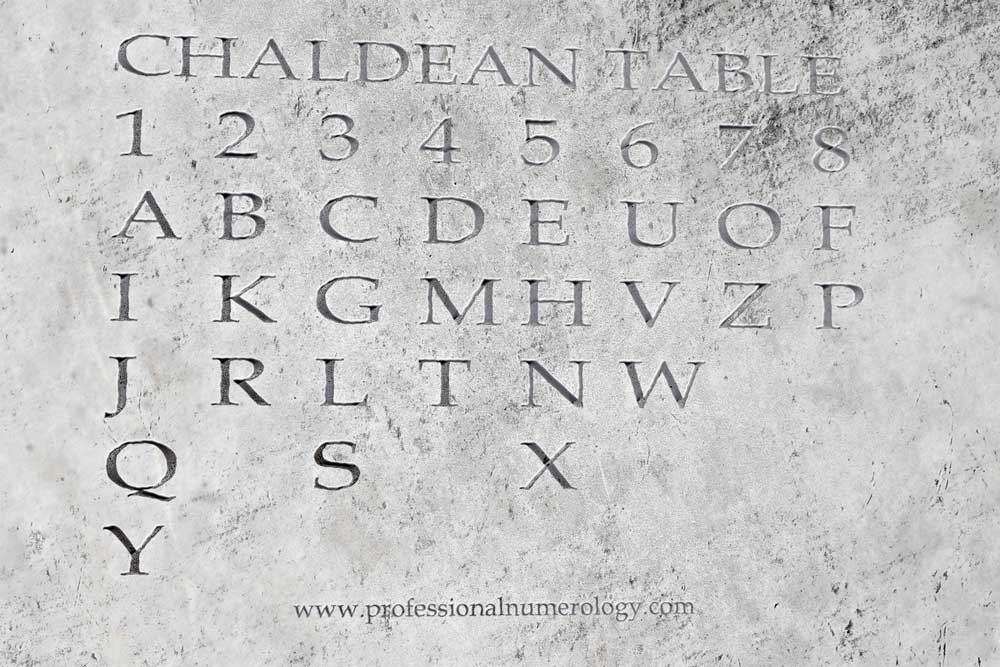
1 7 3 1 = 12 = HM 3
12 = 12 - Hanged Man
and HM 3 = 3 - Emperor
interesting find 



figured we'd look into yoga ...... :
Yoga (Sanskrit, Pāli: योग, yoga) is a physical, mental, and spiritual discipline, originating in ancient India.[1][2] The goal of yoga, or of the person practicing yoga, is the attainment of a state of perfect spiritual insight and tranquility while meditating on the Hindu concept of divinity or Brahman.[3] The word is associated with meditative practices in Hinduism, Jainism, and Buddhism.[4][5][6]
Within Hindu philosophy, the word yoga is used to refer to one of the six orthodox (āstika) schools of Hindu philosophy.[7][8] Yoga in this sense is based on the Yoga Sutras of Patanjali, and is also known as Rāja Yoga to distinguish it from later schools.[9] Patanjali's system is discussed and elaborated upon in many classical Hindu texts, and has also been influential in Buddhism and Jainism. The Bhagavad Gita introduces distinctions such as Jnana Yoga ("yoga based on knowledge") vs. Karma Yoga ("yoga based on action").
Other systems of philosophy introduced in Hinduism during the medieval period are bhakti yoga, and hatha yoga.[10][11][12]
The Sanskrit word yoga has the literal meaning of "yoke", from a root yuj meaning to join, to unite, or to attach. As a term for a system of abstract meditation or mental abstraction it was introduced by Patańjali in the 2nd century BC. Someone who practices yoga or follows the yoga philosophy with a high level of commitment is called a yogi or yogini.
Within Hindu philosophy, the word yoga is used to refer to one of the six orthodox (āstika) schools of Hindu philosophy.[7][8] Yoga in this sense is based on the Yoga Sutras of Patanjali, and is also known as Rāja Yoga to distinguish it from later schools.[9] Patanjali's system is discussed and elaborated upon in many classical Hindu texts, and has also been influential in Buddhism and Jainism. The Bhagavad Gita introduces distinctions such as Jnana Yoga ("yoga based on knowledge") vs. Karma Yoga ("yoga based on action").
Other systems of philosophy introduced in Hinduism during the medieval period are bhakti yoga, and hatha yoga.[10][11][12]
The Sanskrit word yoga has the literal meaning of "yoke", from a root yuj meaning to join, to unite, or to attach. As a term for a system of abstract meditation or mental abstraction it was introduced by Patańjali in the 2nd century BC. Someone who practices yoga or follows the yoga philosophy with a high level of commitment is called a yogi or yogini.
let us have a look at the word Itself YOGA through the Chaldean / Pythagorian numerology Lens

1 7 3 1 = 12 = HM 3
12 = 12 - Hanged Man
Motto:
Pendens proditor, regrediturus ad uterum. (Hanging traitor, about to return to the womb.)
Deities:
Prometheus.
Dice:
3+3 = Time + Male (Water); 5+2 = Time + Second (Fire).
Astragali:
4+4+5 = Second of Triumph of Time
Greek Letter = Mu:
Meteoros = suspended in the air, being in suspense, anxious; Menuo = to betray, inform, make known, denounce; Metastasis = banishment, revolution; Mueo = to initiate into the mysteries.
Trigram:
I:: Name: Chen = the Arousing. Image: Thunder. The First Son, associated with initiative, action, incisiveness, vehemence, strength. Southeast in the Earlier Heaven.
Pendens proditor, regrediturus ad uterum. (Hanging traitor, about to return to the womb.)
Deities:
Prometheus.
Dice:
3+3 = Time + Male (Water); 5+2 = Time + Second (Fire).
Astragali:
4+4+5 = Second of Triumph of Time
Greek Letter = Mu:
Meteoros = suspended in the air, being in suspense, anxious; Menuo = to betray, inform, make known, denounce; Metastasis = banishment, revolution; Mueo = to initiate into the mysteries.
Trigram:
I:: Name: Chen = the Arousing. Image: Thunder. The First Son, associated with initiative, action, incisiveness, vehemence, strength. Southeast in the Earlier Heaven.
Interpretation
The Hanged Traitor represents the unavoidable torments of overturning an old order and of a voluntary sacrifice for the sake of spiritual rebirth. Such a transformation cannot be carried out rationally; rather, the seeker must commit himself to fate, and have faith that Fortune will dissolve the old order and give birth to a new one. Therefore, he is "dependent" on his left leg, representing the unconscious, and makes no use of his right, representing conscious action.
Stripped of his dignity, the seeker hangs head down, which symbolizes the debasement of his rationality. He is waiting, in suspension, on tenterhooks, dangling over the abyss, poised between heaven and hell. The tree, representing the central axis of existence, would provide everything he needs or wants, but he cannot reach it. Though he is tortured every day (as shown by the open wound), he patiently awaits a redeemer, for he knows that if he tries to save himself, he will plummet into the abyss.
Thus the Hanged Traitor represents suspension and depression as prerequisites to spiritual rebirth.
The Hanged Traitor represents the unavoidable torments of overturning an old order and of a voluntary sacrifice for the sake of spiritual rebirth. Such a transformation cannot be carried out rationally; rather, the seeker must commit himself to fate, and have faith that Fortune will dissolve the old order and give birth to a new one. Therefore, he is "dependent" on his left leg, representing the unconscious, and makes no use of his right, representing conscious action.
Stripped of his dignity, the seeker hangs head down, which symbolizes the debasement of his rationality. He is waiting, in suspension, on tenterhooks, dangling over the abyss, poised between heaven and hell. The tree, representing the central axis of existence, would provide everything he needs or wants, but he cannot reach it. Though he is tortured every day (as shown by the open wound), he patiently awaits a redeemer, for he knows that if he tries to save himself, he will plummet into the abyss.
Thus the Hanged Traitor represents suspension and depression as prerequisites to spiritual rebirth.
Motto:
Potens Pater conservator orbis (Mighty Father, preserver of the world)
Deities:
Zeus, Jupiter.
Dice:
1+3 = Love+Male (Water); 2+2 = Couple+Male (Fire).
Astragali:
1+3+3 = Love+Ruler+Male.
Greek Letter = Delta:
Dike = justice, judgement, right; Dunastes = ruler, master.
Trigram:
III Name: Ch'ien = the Creative. Image: Heaven, Sky. The Father, associated with strength, creativity, firmness, endurance, purity and the word. South in the Earlier Heaven.
Potens Pater conservator orbis (Mighty Father, preserver of the world)
Deities:
Zeus, Jupiter.
Dice:
1+3 = Love+Male (Water); 2+2 = Couple+Male (Fire).
Astragali:
1+3+3 = Love+Ruler+Male.
Greek Letter = Delta:
Dike = justice, judgement, right; Dunastes = ruler, master.
Trigram:
III Name: Ch'ien = the Creative. Image: Heaven, Sky. The Father, associated with strength, creativity, firmness, endurance, purity and the word. South in the Earlier Heaven.
The Emperor represents the characteristically masculine aspects of consciousness, solar illumination, which demands clarity, but may be harsh and withering. He is the archetypal pater familias, the head of the clan, with both authority over the group and responsibility for its welfare. It is his burden to set down laws and maintain order, both within and without. Further, he is the executive, for he must ensure that his plans, laws and judgements are translated into action.
The Emperor is the source of conscious spiritual and moral principles, in contrast to the High Priest, who is the source of spiritual and moral intuitions; they are the light and dark sides of the Eternal Masculine, the bright sun and the dark sun, the conscious and subconscious masculine minds. However, the Emperor and High Priest are further apart, and do not cooperate so well as their female counterparts, the Empress and High Priestess. Therefore the Emperor's himation covers his left side, to show his habitual repression of the subconscious, and that he may tend to dogmatism, rigidity and self-righteousness if his rule is not tempered by his co-regents, the Empress, Priest and Priestess.
The Emperor is the source of conscious spiritual and moral principles, in contrast to the High Priest, who is the source of spiritual and moral intuitions; they are the light and dark sides of the Eternal Masculine, the bright sun and the dark sun, the conscious and subconscious masculine minds. However, the Emperor and High Priest are further apart, and do not cooperate so well as their female counterparts, the Empress and High Priestess. Therefore the Emperor's himation covers his left side, to show his habitual repression of the subconscious, and that he may tend to dogmatism, rigidity and self-righteousness if his rule is not tempered by his co-regents, the Empress, Priest and Priestess.

a fractal construct has an 'efficient function', it has a fractal ergonomy to them, they function on multiple levels and in multiple dimensions:




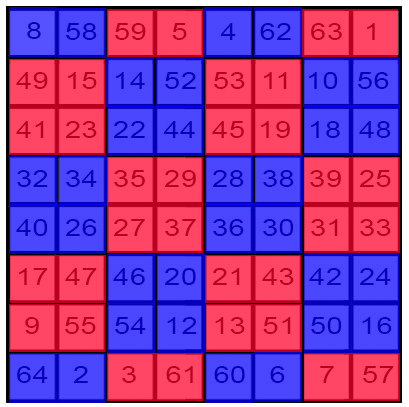
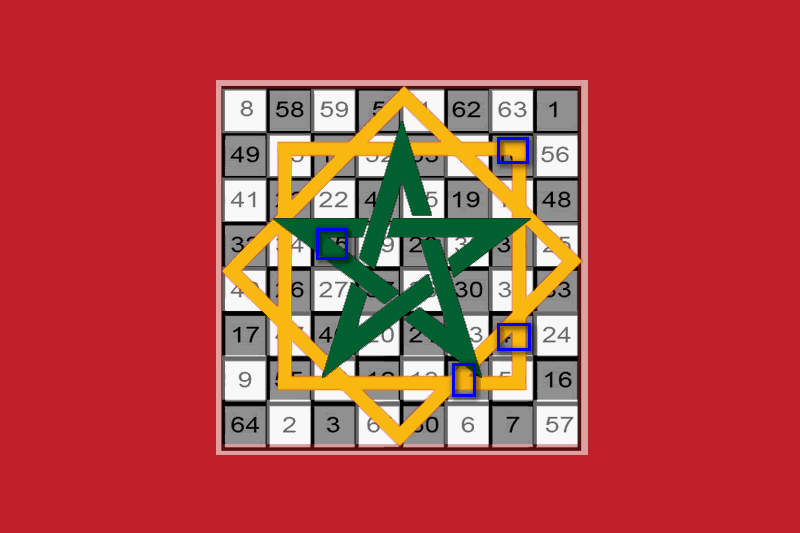

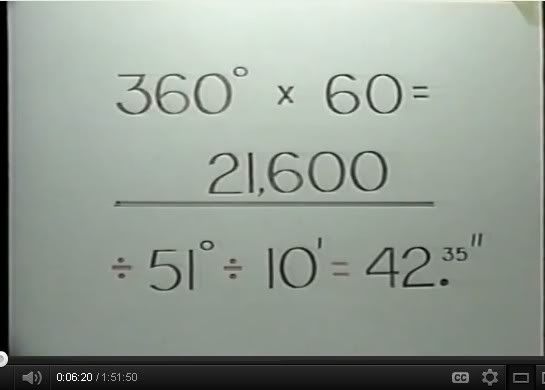

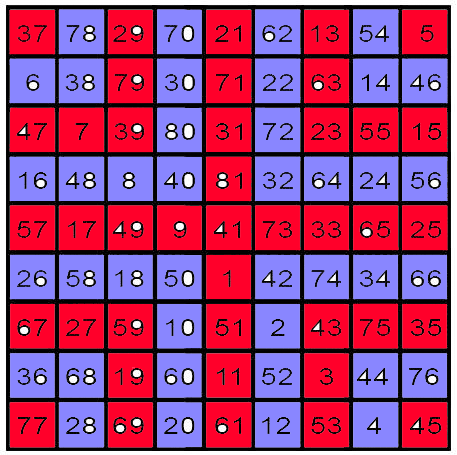



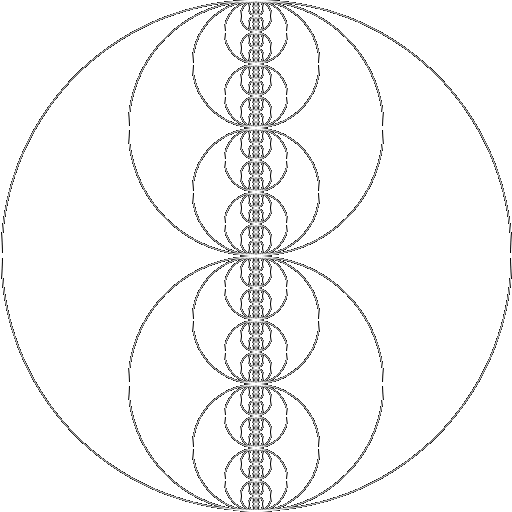

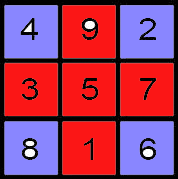

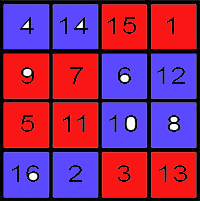

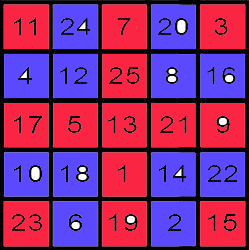


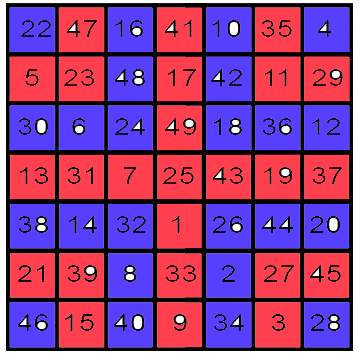


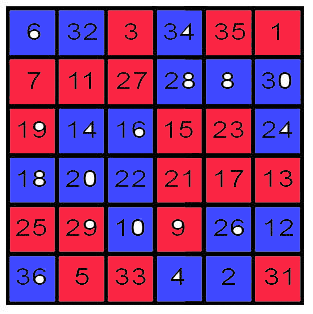

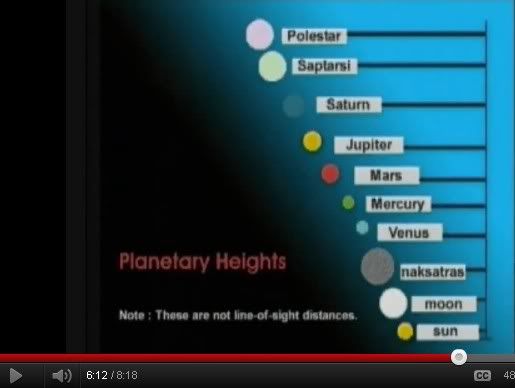
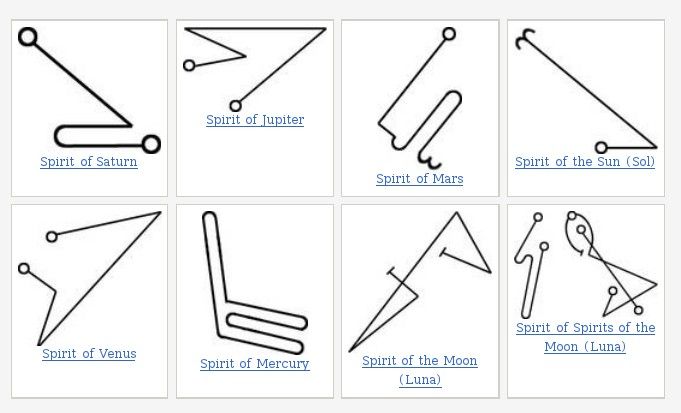

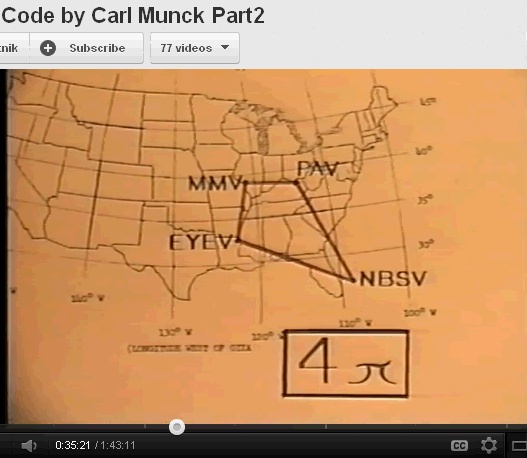


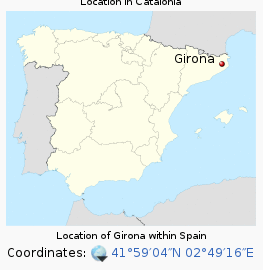
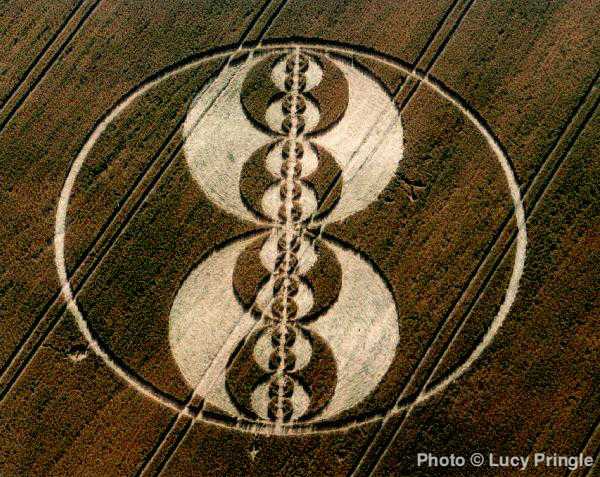


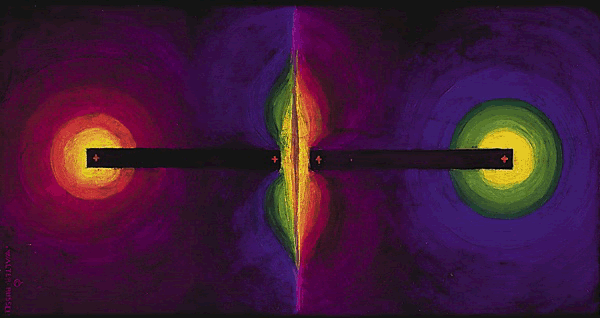


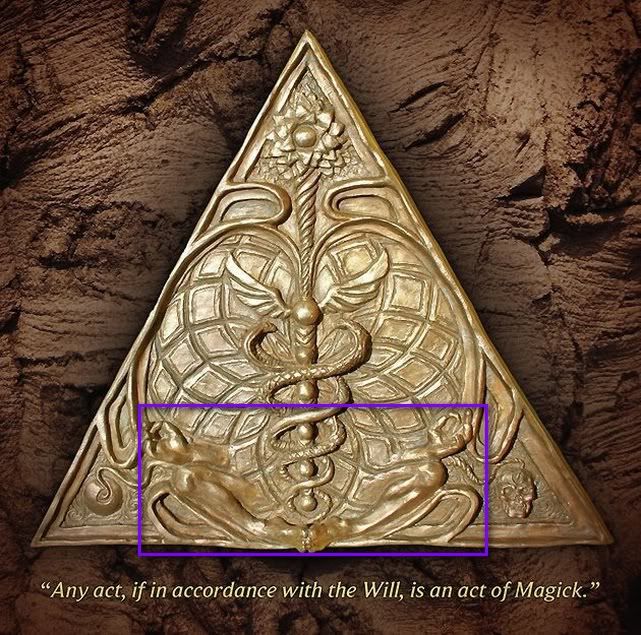
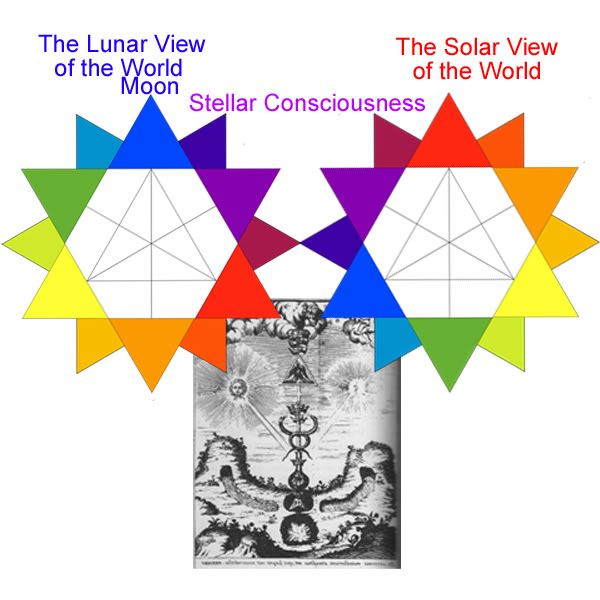
 :
: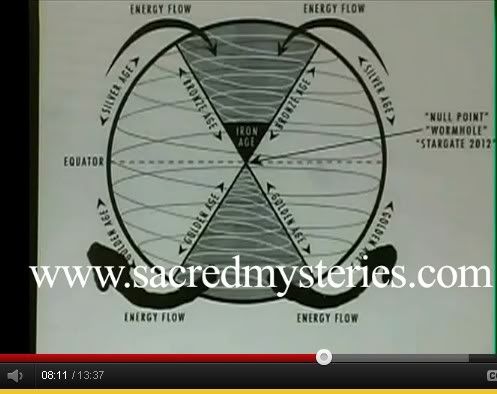
 [IMG]
[IMG]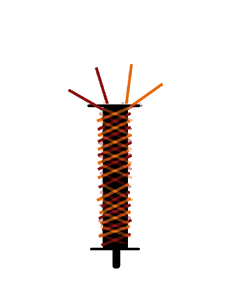 [/IMG]
[/IMG]
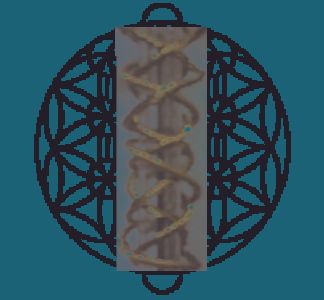





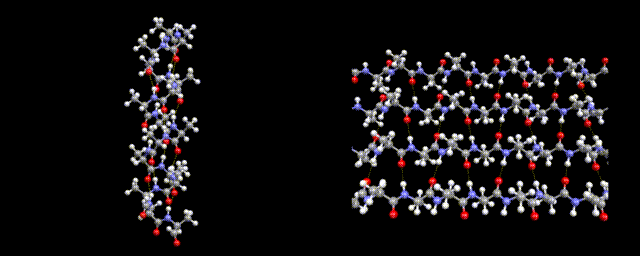

Comment